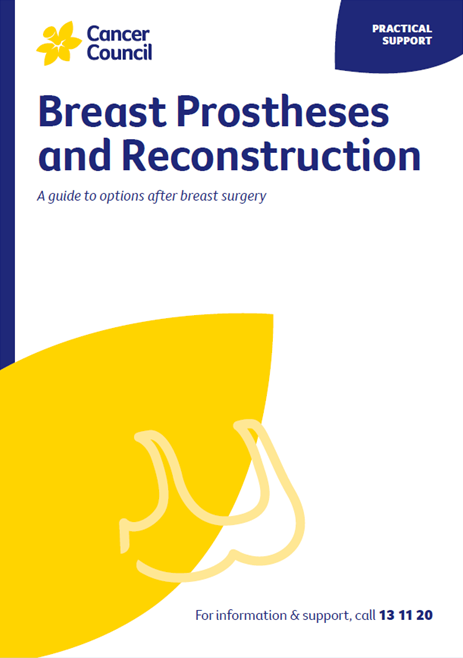- Home
- About Cancer
- Managing side effects
- Breast prostheses and reconstruction
- Breast reconstruction
- Implant reconstruction
- How an implant reconstruction is done
How an implant reconstruction is done
An implant reconstruction can be done in one operation or as a two-stage operation.
Learn more about:
One-stage operation
This operation is sometimes called a direct-to-implant reconstruction. It is usually done at the same time as a skin- or nipple-sparing mastectomy, when there is enough tissue left on the chest to cover the implant. The surgeon can place the implant above or under the chest (pectoralis) muscle.
 | Subpectoral implant reconstruction The breast implant is placed under the chest muscle. This is called a subpectoral implant reconstruction. The lower and outer part of the implant is often covered by a material called dermal matrix or mesh to hold the implant in place. |
 | Prepectoral implant reconstruction The breast implant is placed in front of the chest muscle, directly under the skin and the layer of tissue just under the skin. This is called a prepectoral implant reconstruction. The whole outer part of the implant is covered by a dermal matrix or mesh o hold the implant in place. |
Two-stage operation with a tissue expander
Tissue expansion is a process that stretches the remaining chest skin and soft tissue to fit the breast implant. This is done in two stages. The two-stage approach is often used when radiation therapy is given after a mastectomy and before the implant is put in.
First stage
 | Implanting the tissue expander In the first operation, a balloon-like bag called a tissue expander is placed under the chest muscle. In some cases, it is placed in front of the chest muscle. Every couple of weeks, the balloon is injected with saline through a port (a thin tube). You may be given 1–6 injections depending on how much the skin and muscle need to stretch. The stretched tissue creates a pocket for the breast implant. The saline injections are usually not painful. |
Second stage
 | Expanding the tissue expander The tissue stretches and expands each time saline is added. You may feel discomfort for a few days. When the expander has stretched the tissue enough, you have a second operation to remove the temporary expander and insert the implant in its place. You may need to stay in hospital overnight after this second operation. |
→ READ MORE: Risks of having an implant reconstruction
Podcast for people affected by cancer
Listen now
More resources
Dr Jane O’Brien, Specialist Oncoplastic Breast Cancer Surgeon, St Vincent’s Private Hospital, VIC; Clare Bradshaw, Clinical Nurse Consultant, Breast Assessment Unit, Fiona Stanley Hospital, WA; Rene Hahn, Consumer; Sinead Hanley, Consumer; Dr Marc Langbart, Specialist Plastic and Reconstructive Surgeon, Randwick Plastic Surgery, NSW; Melanie Law, Consumer; Sally Levy, Consumer; Annmaree Mitchell, Consumer; Ashleigh Mondolo, Breast Cancer Nurse Clinical Consultant, Mater Private Hospital Brisbane, QLD; Rochelle Osgood, Clinical Nurse Consultant – McGrath Breast Care Nurse, Sunshine Coast University Hospital, QLD: Dr Kallyani Ponniah, Head of Department, Breast Centre, Sir Charles Gairdner Hospital, WA; Meg Rynderman OAM, Consumer; Sarah Stewart, Breast Care Nurse, The Royal Women’s Hospital, VIC; Erin Tidball, 13 11 20 Consultant, Cancer Council NSW; Jane Turner, Senior Exercise Physiologist, Sydney Cancer Survivorship Centre, Concord Cancer Centre, NSW.
View the Cancer Council NSW editorial policy.
View all publications or call 13 11 20 for free printed copies.

